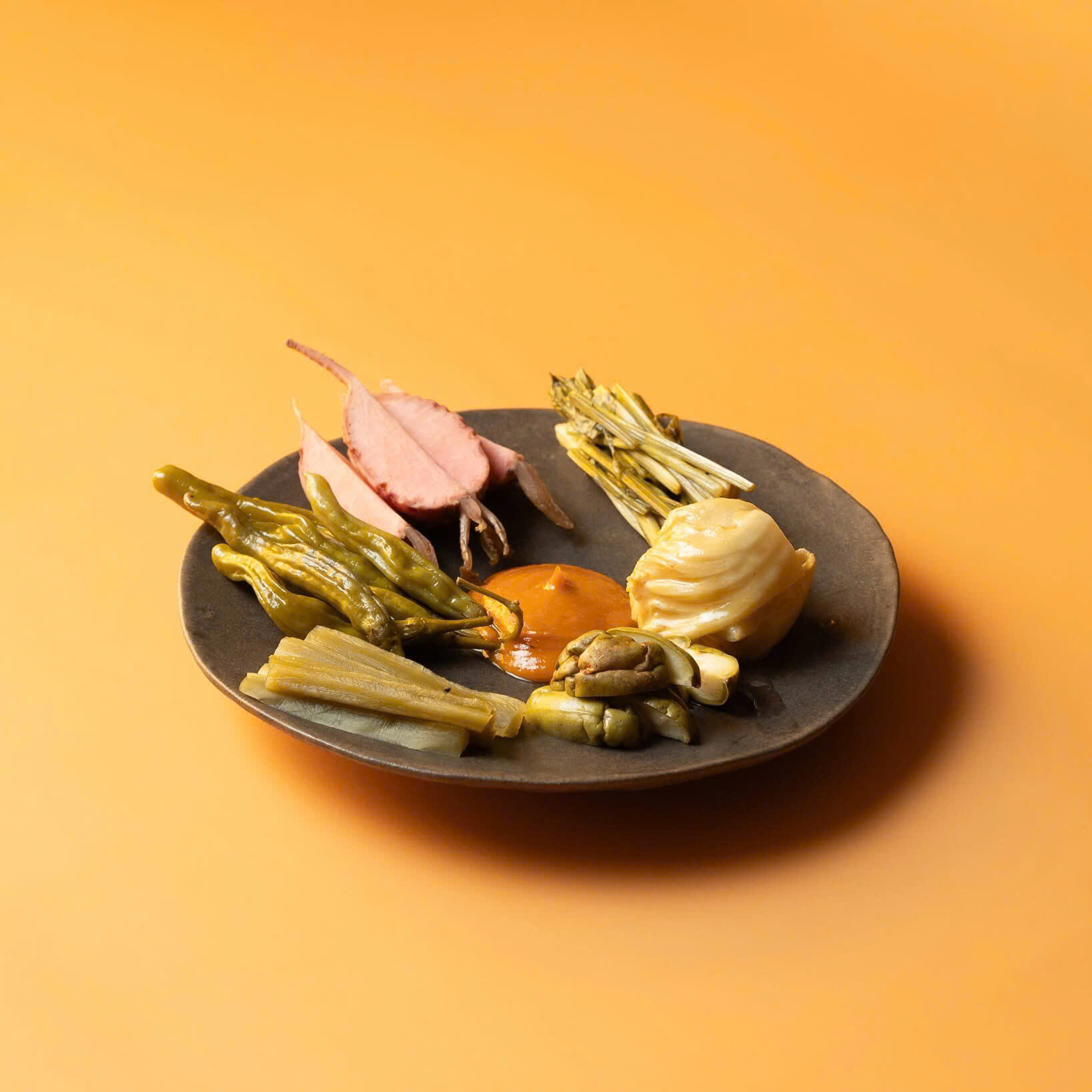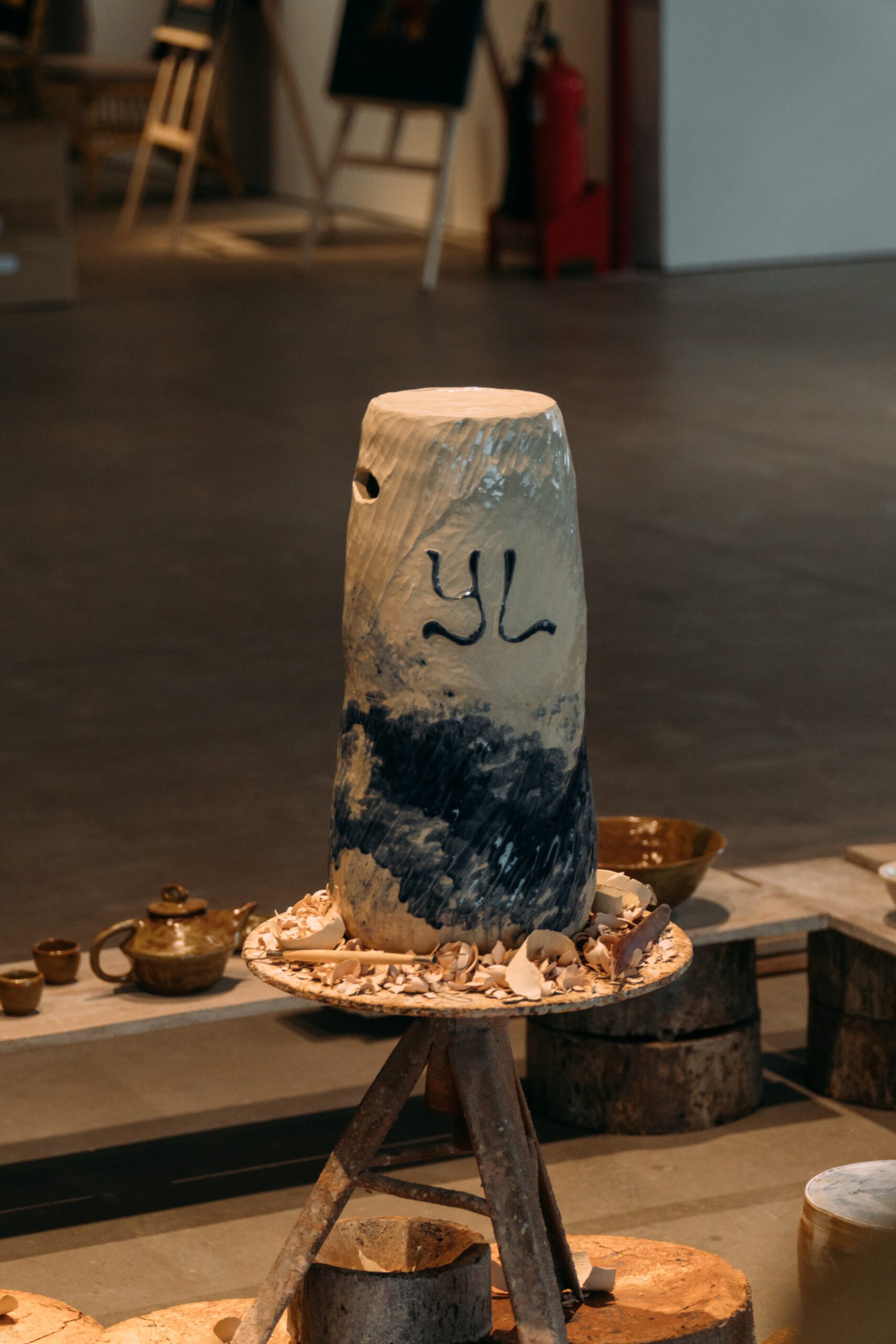Vietnamese Pottery – thousand years of ups and downs
Part 1: Dawn of the ages.
Potter is one of the earliest occupations in Vietnamese history. Bestowed with numerous rivers and streams all across the length of this S-shaped country, which provides abundant material for pottery making, about a dozen of pottery villages have spruced up in Vietnam and some still exist until today.
More often than not, pottery villages are located near rivers, this age-old craft is tightly linked with rice-growing culture. Initially, farmers took to making pottery in off-season, gradually from these farmers emerged those who turned to pottery making as a life-long occupation. They left behind the rice paddies and committed themselves to clay, to the turntable, to fire and kiln. These potters, these artisans played a role in establishing the history of this traditional craft.
Stonewares have appeared in Vietnam since the Stone Age, with specimens found in Thanh Hóa, Nghệ An, Lạng Sơn that dated back to the intermediate period between Stone Age and Bronze Age. These artefacts are crude, mixed with sand and seashells, they are hand built and decorated with simple geometric patterns. From the early days, potters have managed to use bamboo basket moulds to achieve tall and wide lips items. This left a rather interesting criss-cross pattern on the pottery surface.
If you ever have the chance to visit Bàu Trúc pottery village, you will see artisans there “grill” their products in a fire pit, this is the most primitive way to fire pottery which dates back from Stone Age. Pottery after being shaped from clay and let dry will be put in a pit filled with wood and straw to fire. This method of firing can only reach up to 700oC and the final products are still earthenware and can absorb water.
Approximately 4000 years ago, which was Bronze Age in Vietnam, pottery has gradually developed beyond just pots and crocks. Artisans began making ceramic ornaments or jewellery. This period saw some innovation in the craft, colored clay is used as an outer coat to add vibrancy, the designs and patterns also show similiarities to contemporary bronzeware’s motif. In addition, potters can now build some make-shift kilns for firing. These were often made of clay; to maintain higher heat, some kilns were also made by digging into the a hillside. However, make-shift kiln is not durable, they will collapse or break down over time and need to be replace with new ones. This type of temporary kiln in still in use today by the Thai ethnic group in Mường Chanh, Sơn La province.
Approaching Iron Age, Vietnamese pottery still remained in the form of earthenware, albeit with more extensive production capacity. Many pottery establishments have formed and male labours play a key role in production.
On to the thousand years of China domination of Vietnam, with feudal Han’s policy of systematic cultural assimilation, Chinese culture infiltrated every aspect of life, including art crafts such as ceramics. In spite of that, Vietnamese put up stubborn resistance and covertly preserve local traditions. Though acquiring many ceramic techniques from the Chinese, native potters still upheld Vietnamese heritage and essence through indigenous themes and designs. This period of time also witnessed the appearance of enamel coating ceramics.
Sturdier kilns are developed which allows high heat firing. Ceramics fired in high heat are weather resistant, hence building materials such as roof tiles and air bricks also emerged.
(Next: The golden age – Lý-Trần Dynasty ceramics)







